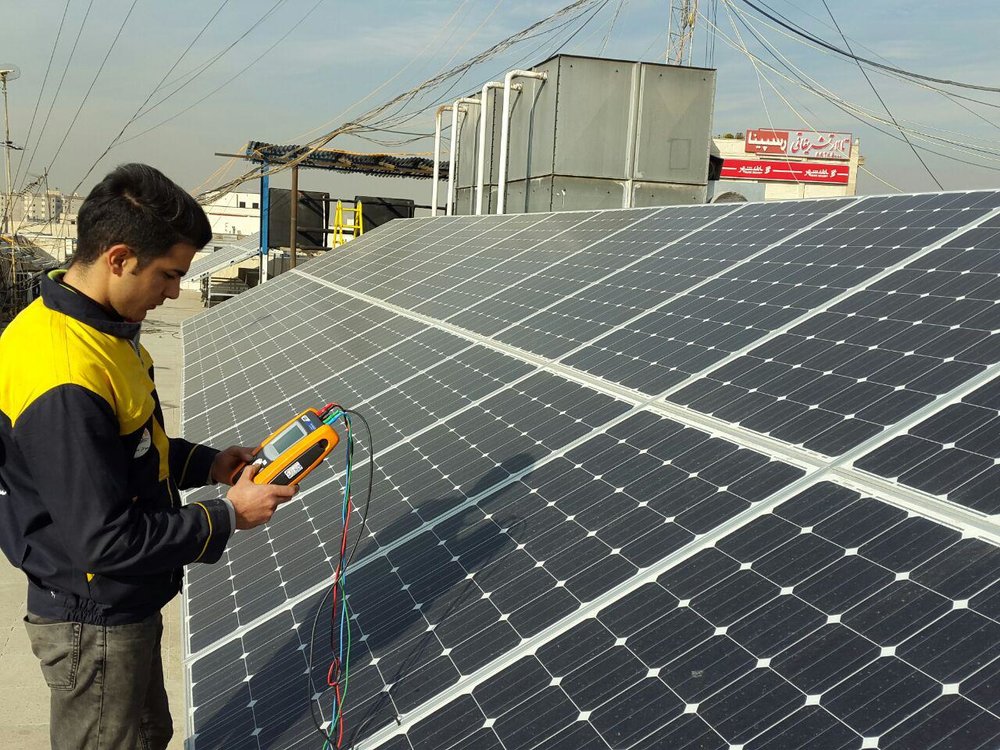Iranian households, small industries leaning toward renewable energies

TEHRAN – Two weeks ago, Iran’s Renewable Energy and Energy Efficiency Organization (known as SATBA) announced that the number of small scale solar power plants across the country which are used by households or small industries has reached 841 units with a total capacity of 8184 kilowatts (KW) in the last two months.
This data indicates that Iranian households and small industries have embraced the new technology with open arms and investors also seem eager for more contribution in this area.
According to the mentioned report, the number of small scale solar power plants was reported to be 574 with a total capacity of 5942 KW, this shows a near 31 percent rise in using small-scaled renewable plants in a two-month period.
Coming of the renewable energy into the homes of Iranians means less usage of fossil fuels and also less costs for the households which could be a great start for the country’s long-term plans in this regard.
According to SATBA forecasts and information gathered from provincial power distribution companies all over the country, using small scale renewable power plants, especially rooftop solar panels, is also expected to grow significantly in the upcoming year.
In recent years, clean energy has come under spotlight in Iran as the oil rich country also enjoys some advantageous geographical and climate condition to benefit from renewable sources of energy.
Iran’s power generation capacity is currently 77,000 megawatts (MW), of which renewables account for just 420 MW and according to the former Energy Minister Hamid Chitchian the figure is planned to reach 600 MW by the end of the current Iranian calendar year (March 20, 2018).
Based on the country’s Sixth Five-Year National Development Plan (2016-2021), Iran is aiming to increase its capacity of power generation from renewable sources by 5,000 MW per annum to meet growing domestic demand and also increase its electricity exports.
In September 2017, Mohammad Sadeqzadeh, the head of SABTA, claimed that Iran’s renewables could come to account for a quarter of power generation by 2022.
To meet the set target, the Energy Ministry has taken a new approach toward development of renewable sector and has been offering incentives to both Iranian and foreign investors for cooperation in renewable projects inside the country.
It has led to more contribution of private sector to this industry, and also attraction of foreign investors appreciating Iran’s noticeable resources of solar energy and wind power in addition to its special geopolitical location which makes it one of the best areas for investment in renewables.
Overall, in the next five years, Iran is aiming for a 5,000 MW increase in renewable capacity to meet growing domestic demand and expand its presence in the regional electricity market and this new wave of small scale power plants which is backed by foreign investment and supported by small households is going to have a great role in realization of this goal.
EF/MA
